Traditional fabrics from around the world tell unique stories through their intricate designs and skilled craftsmanship. Some are known for their cultural significance, while others are prized for their rarity and the labor-intensive processes required to create them. Here is a list of some of the rarest traditional fabrics, each with its fascinating background and unique characteristics.
15. Vicuña (Peru)
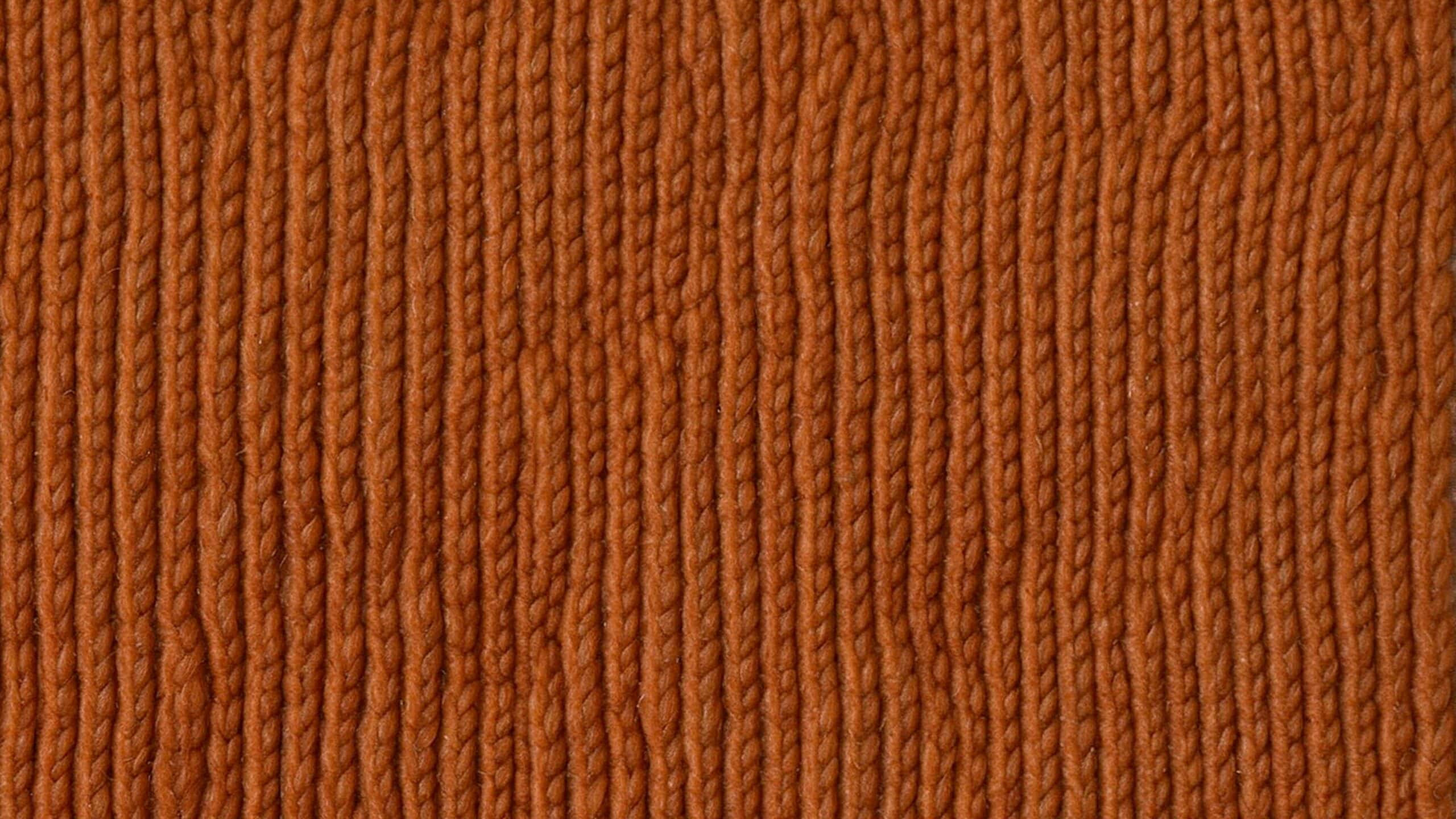
Vicuña fabric comes from the high Andes of Peru. The fibers are harvested from the Vicuña, a small, wild camelid known for its ultra-soft and warm fleece. This fabric is renowned for being the finest and rarest in the world, often called the “fabric of the gods.” Harvesting Vicuña wool is highly regulated and occurs only every three years. The process is labor-intensive and yields very little fiber, contributing to its rarity. Only authorized communities can shear these animals, ensuring sustainability and protection of the species.
14. Kente Cloth (Ghana)
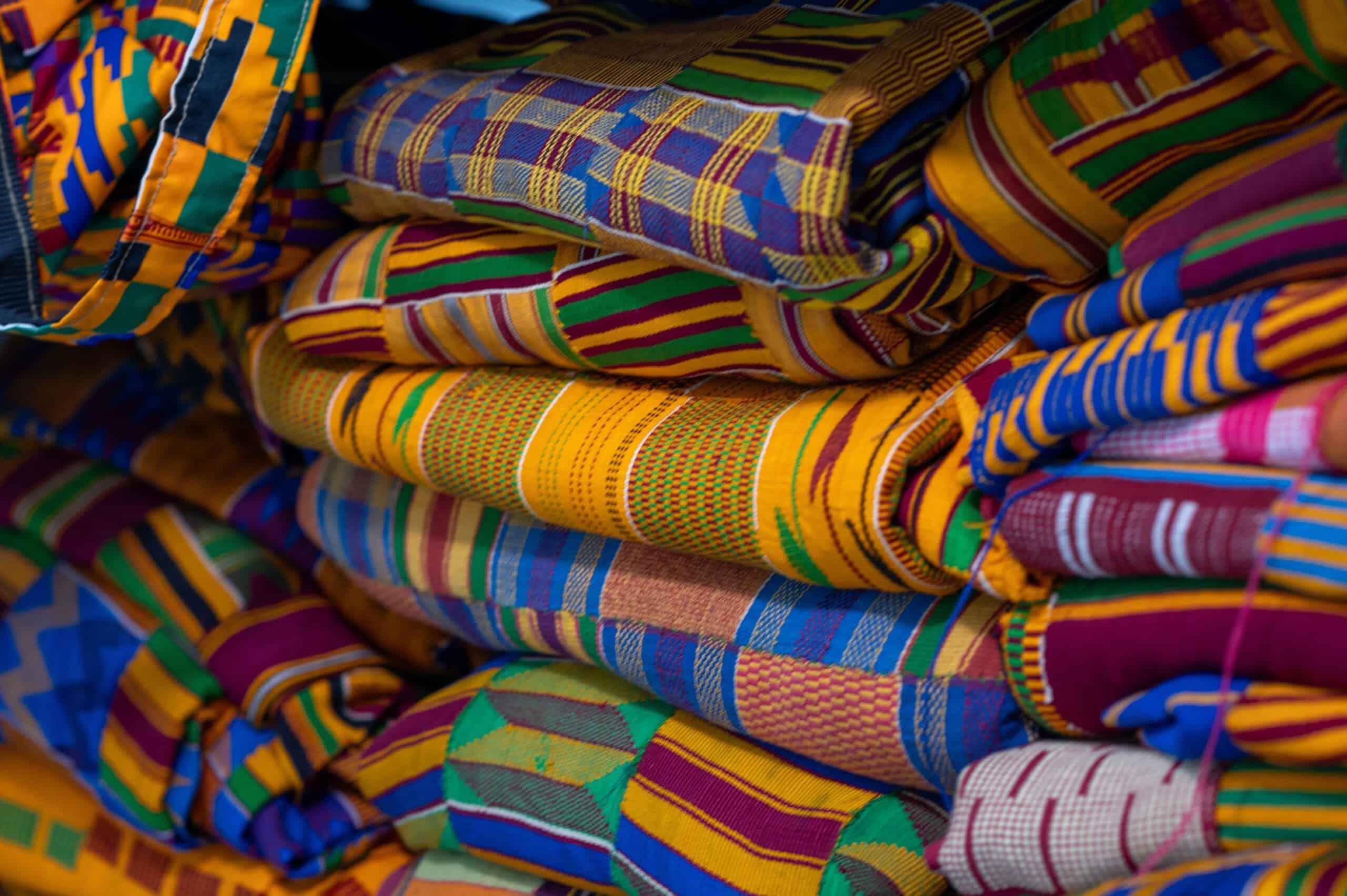
Kente cloth, originating from the Akan people of Ghana, is characterized by its bright, vibrant colors and geometric patterns. Traditionally handwoven on a loom, each design holds specific meanings and stories. Kente is considered a royal and sacred cloth, worn during important ceremonies and events. Its rarity stems from the intricate weaving process and the cultural significance attached to each piece, making it more than just a fabric, but a symbol of heritage and status.
13. Songket (Malaysia and Indonesia)

Songket is a luxurious fabric woven with gold or silver threads, creating intricate patterns against a silk or cotton base. It is primarily produced in Malaysia and Indonesia and is typically worn during ceremonial occasions. The production of Songket involves painstaking hand-weaving and the use of precious metal threads, which makes it both time-consuming and expensive to produce. Its historical and cultural significance further adds to its value and rarity.
12. Orenburg Shawl (Russia)
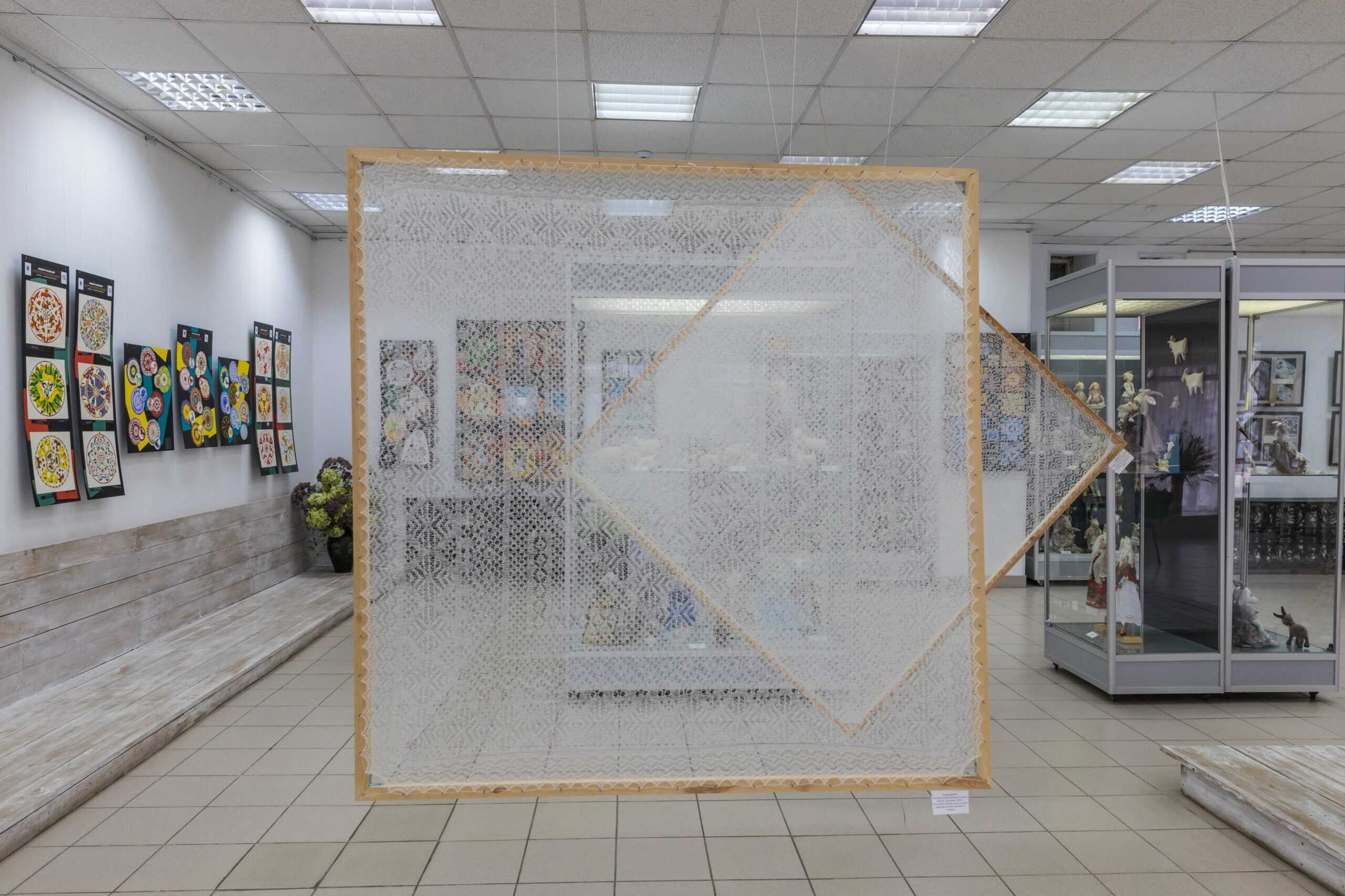
Orenburg shawls are delicate, lace-like scarves made from the down of Orenburg goats in Russia. Known for their warmth and fineness, these shawls can even pass through a wedding ring. The rarity of Orenburg shawls is due to the meticulous hand-spinning and knitting process, coupled with the limited availability of the high-quality goat down. Each shawl is a masterpiece, requiring exceptional skill and patience to create.
11. Bogolanfini (Mali)
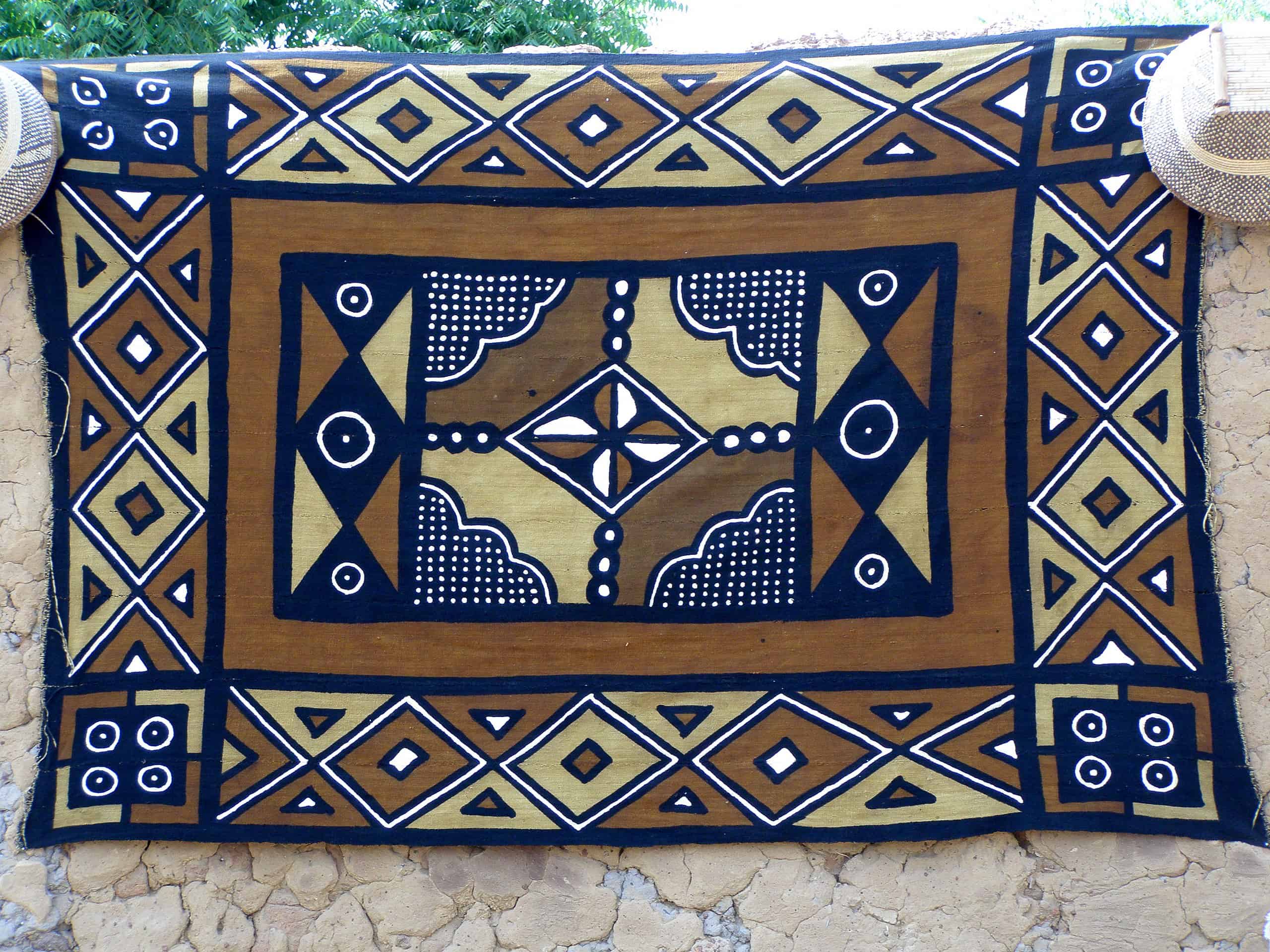
Bogolanfini, or mud cloth, is a traditional fabric from Mali. It is made from handwoven cotton and dyed with fermented mud, creating unique, symbolic patterns. The creation of Bogolanfini involves a lengthy process of dyeing and drying, with each piece telling a story through its designs. The cultural heritage and the labor-intensive process make this fabric highly valued and rare.
10. Pashmina (Kashmir)
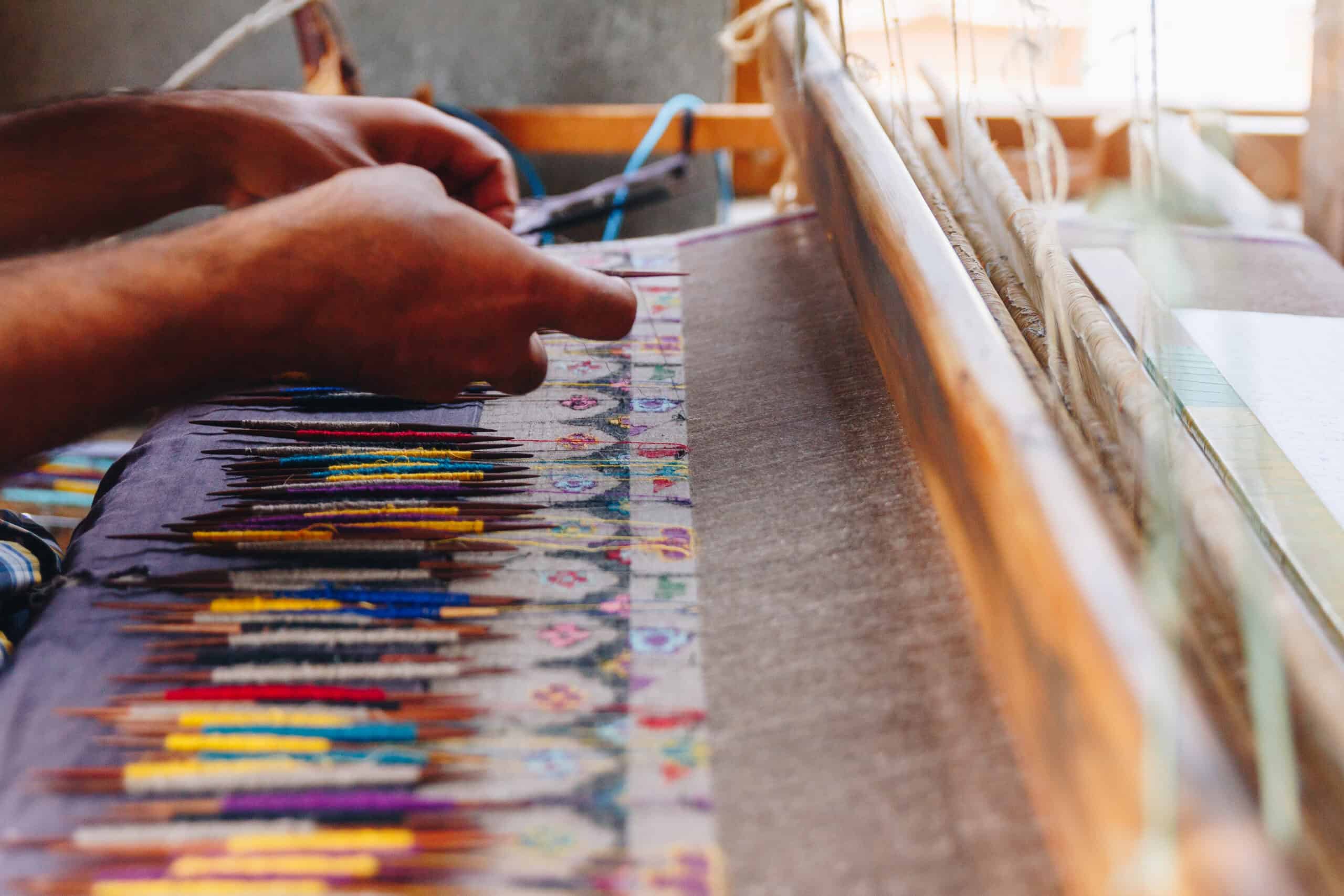
Pashmina, originating from Kashmir, is made from the fine wool of the Pashmina goat. This fabric is celebrated for its softness, warmth, and lightweight properties, often used in shawls and scarves. The process of creating Pashmina involves hand-spinning and weaving, with each piece requiring meticulous attention to detail. The limited availability of the wool and the traditional crafting methods contribute to its rarity and high demand.
9. Kimono Silk (Japan)
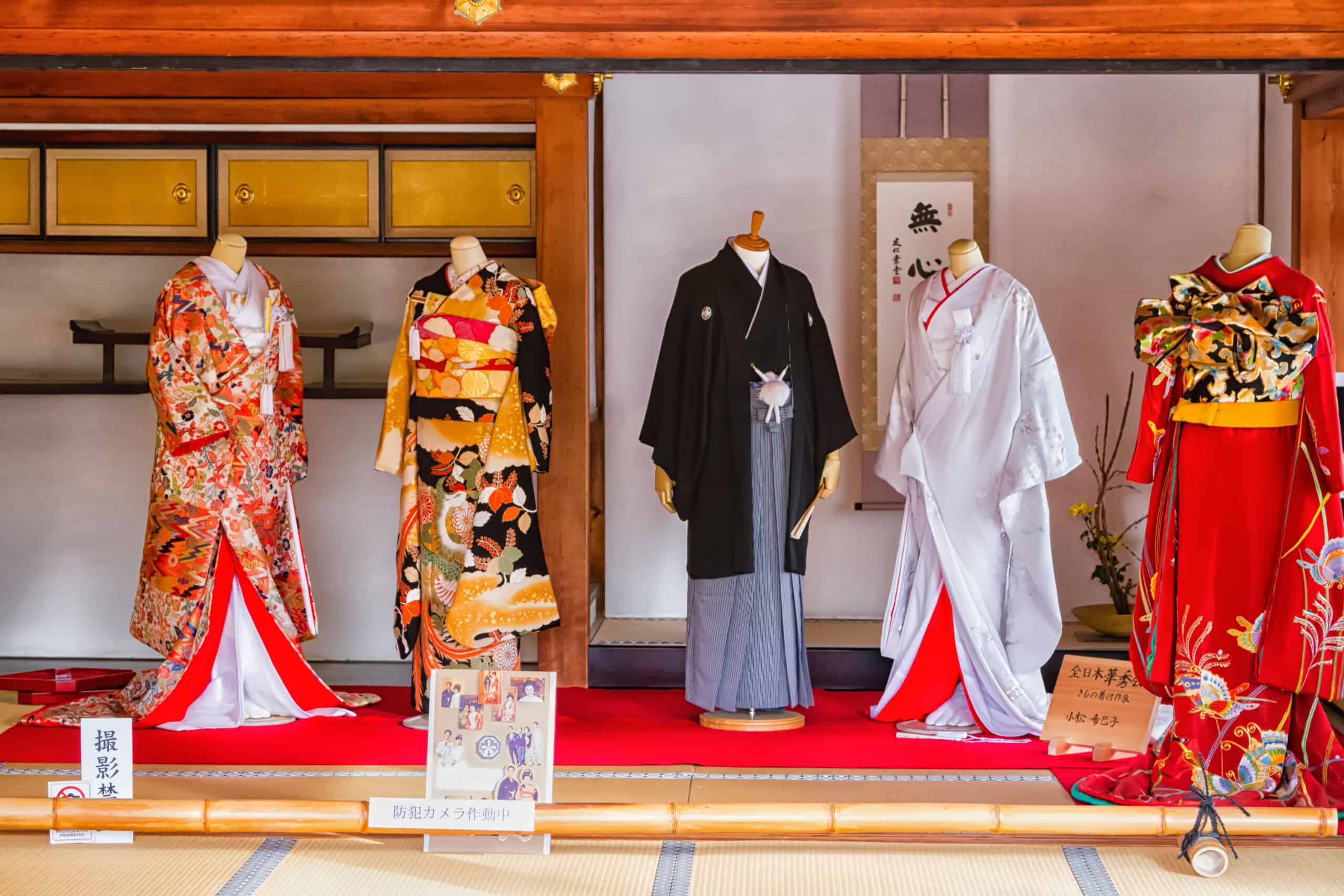
Kimono silk, known for its elegance and detailed patterns, is a traditional Japanese fabric used in making kimonos. This silk is often hand-dyed and woven, showcasing a wide range of motifs inspired by nature and Japanese culture. The production of Kimono silk is a meticulous process, involving multiple steps from sericulture to weaving and dyeing. The complexity of designs and the time-consuming craftsmanship contribute to its rarity and high value.
8. Zardozi (India)
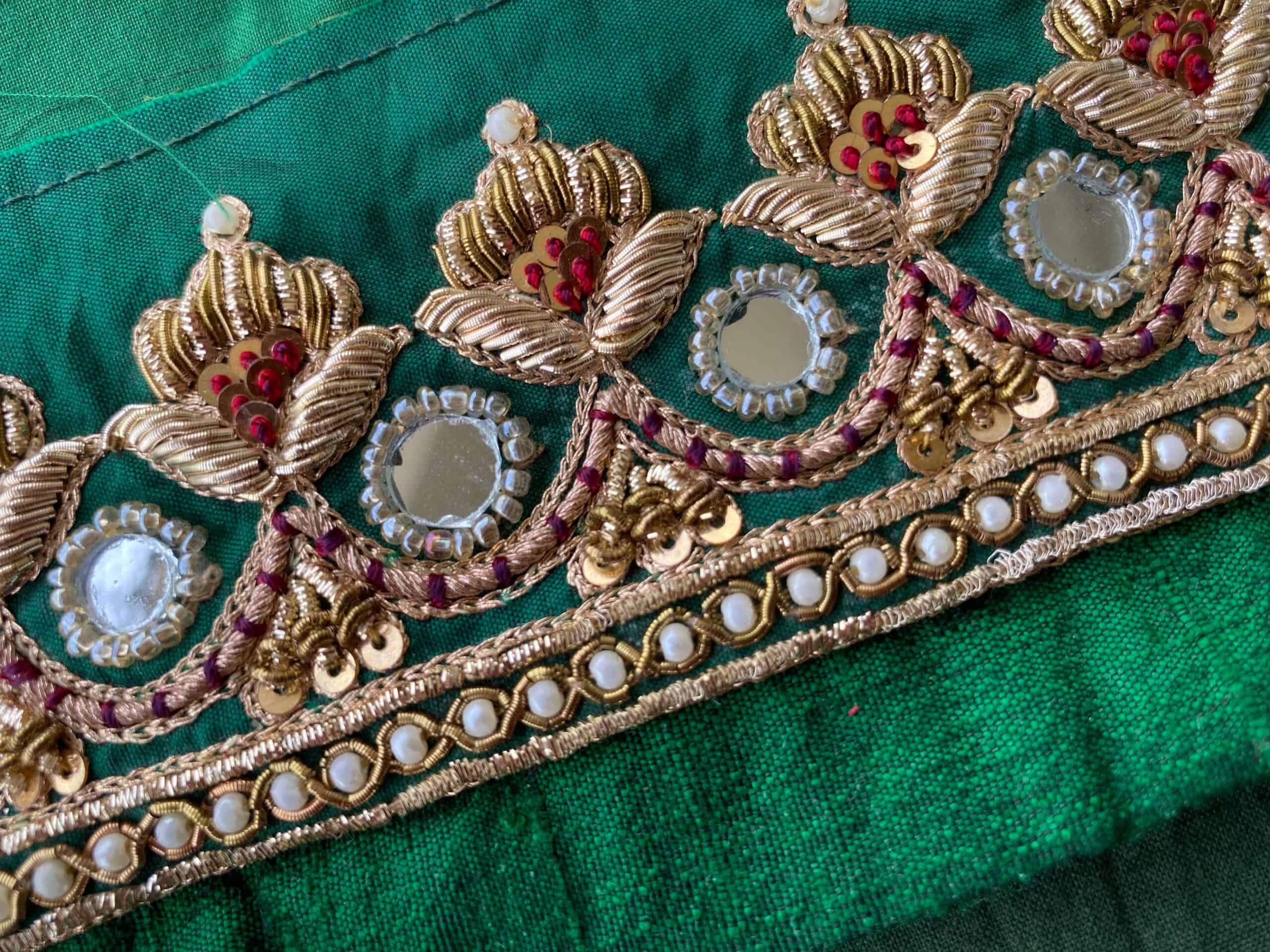
Zardozi is an ancient Indian embroidery art, using gold and silver threads to create elaborate designs on silk, velvet, or satin. It is traditionally used for royal garments and ceremonial attire. The rarity of Zardozi lies in its intricate handwork, which requires skilled artisans and significant time. The use of precious metals and the labor-intensive process make this fabric highly prized and luxurious.
7. Batik (Indonesia)
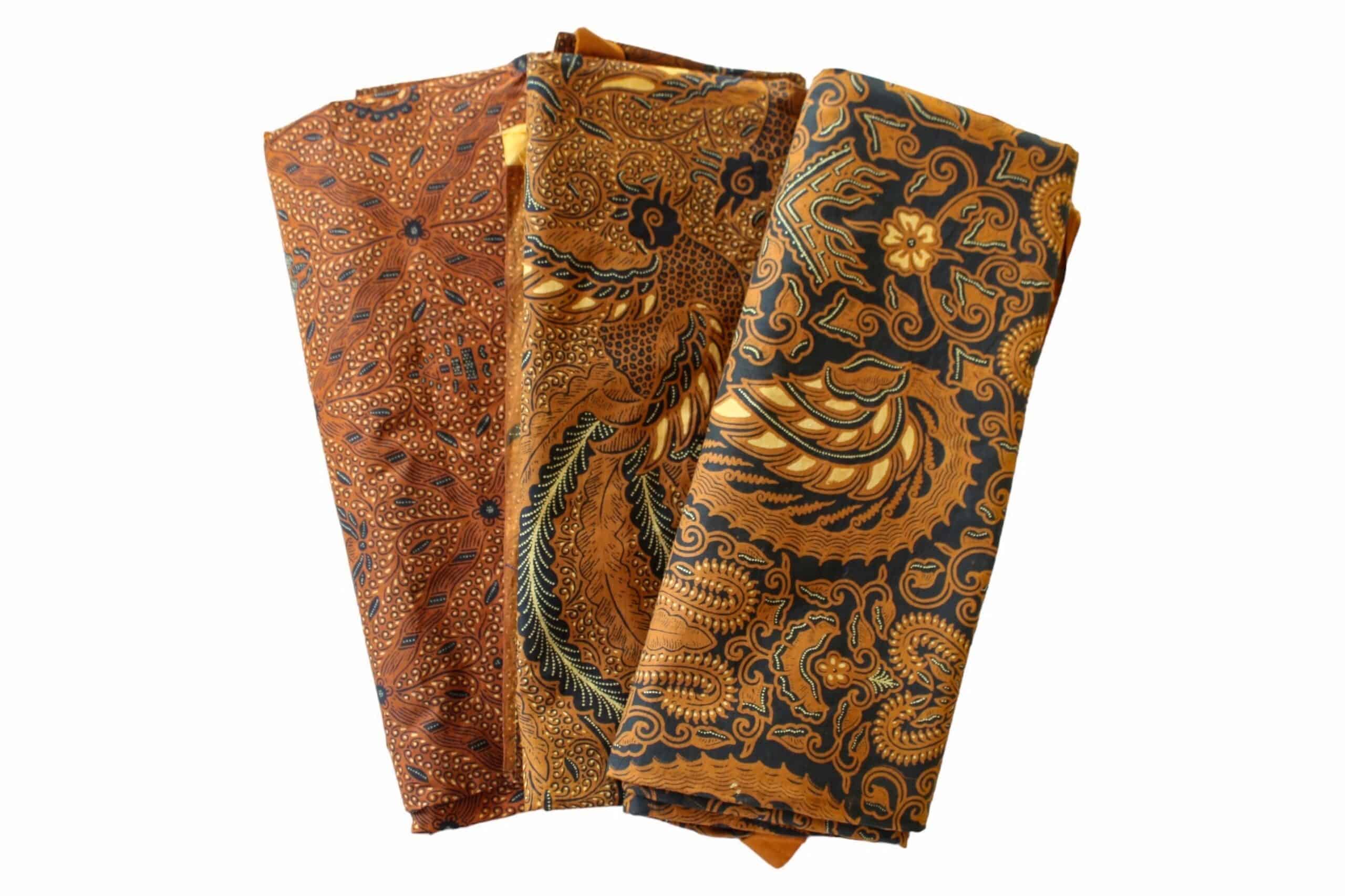
Batik is a traditional Indonesian fabric made using a wax-resist dyeing technique. The patterns are meticulously drawn with wax before dyeing, creating vibrant and intricate designs. Each Batik piece is unique due to the hand-dyeing process, making mass production difficult. The cultural significance and the laborious technique contribute to its rarity and artistic value.
6. Chanel Tweed (France)
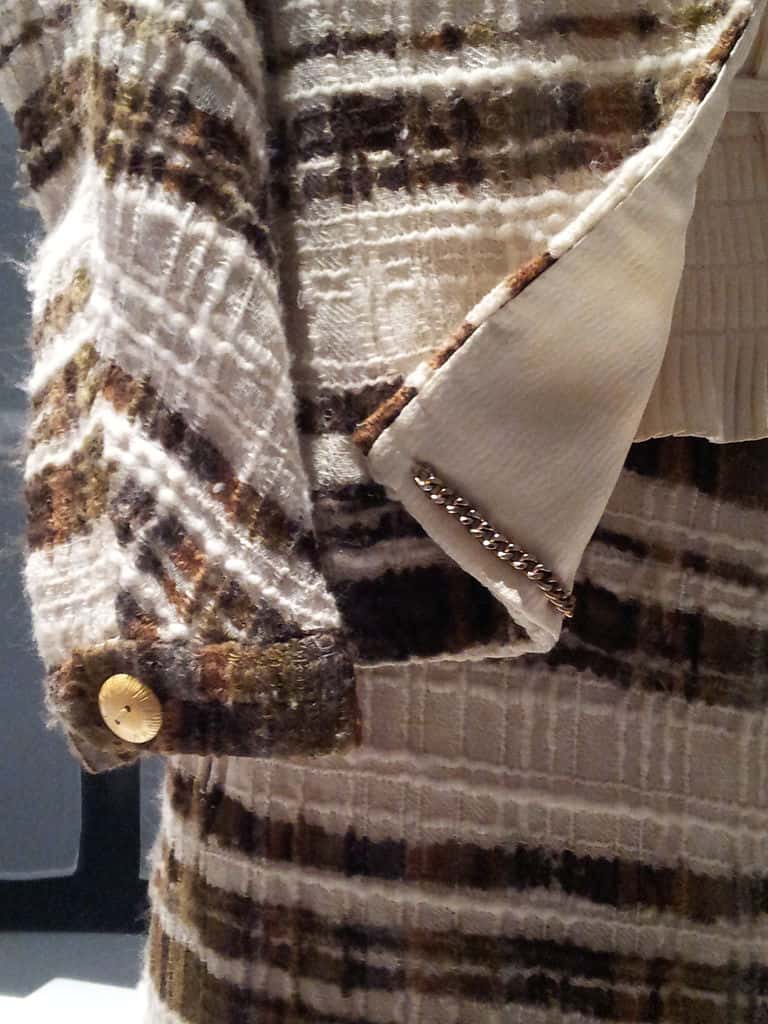
Chanel tweed, popularized by Coco Chanel, is a woven fabric known for its rich texture and durability. It combines various yarns, including wool, silk, and cotton, to create complex patterns and textures. The exclusivity of Chanel tweed comes from its association with high fashion and the meticulous handcrafting involved. Each piece is crafted with care, often incorporating unique colors and weaves, making it a staple in luxury fashion.
5. Shweshwe (South Africa)
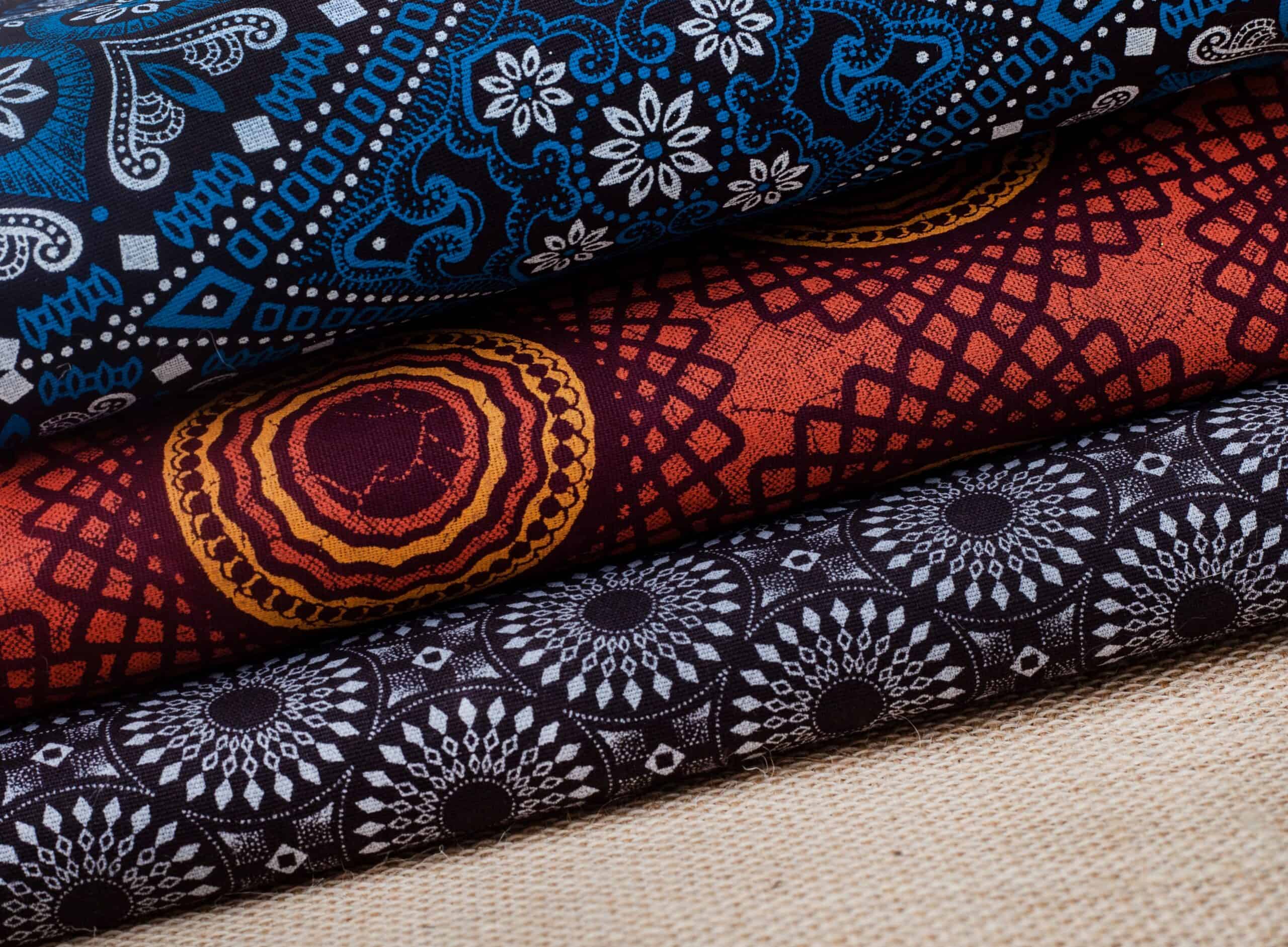
Shweshwe is a printed cotton fabric from South Africa, known for its intricate geometric patterns and vibrant colors. It is traditionally used in traditional clothing and ceremonies. The fabric is dyed using a special process that results in its distinctive designs and texture. The cultural importance and the detailed manufacturing process make Shweshwe a cherished and rare textile.
4. Jacquard (France)
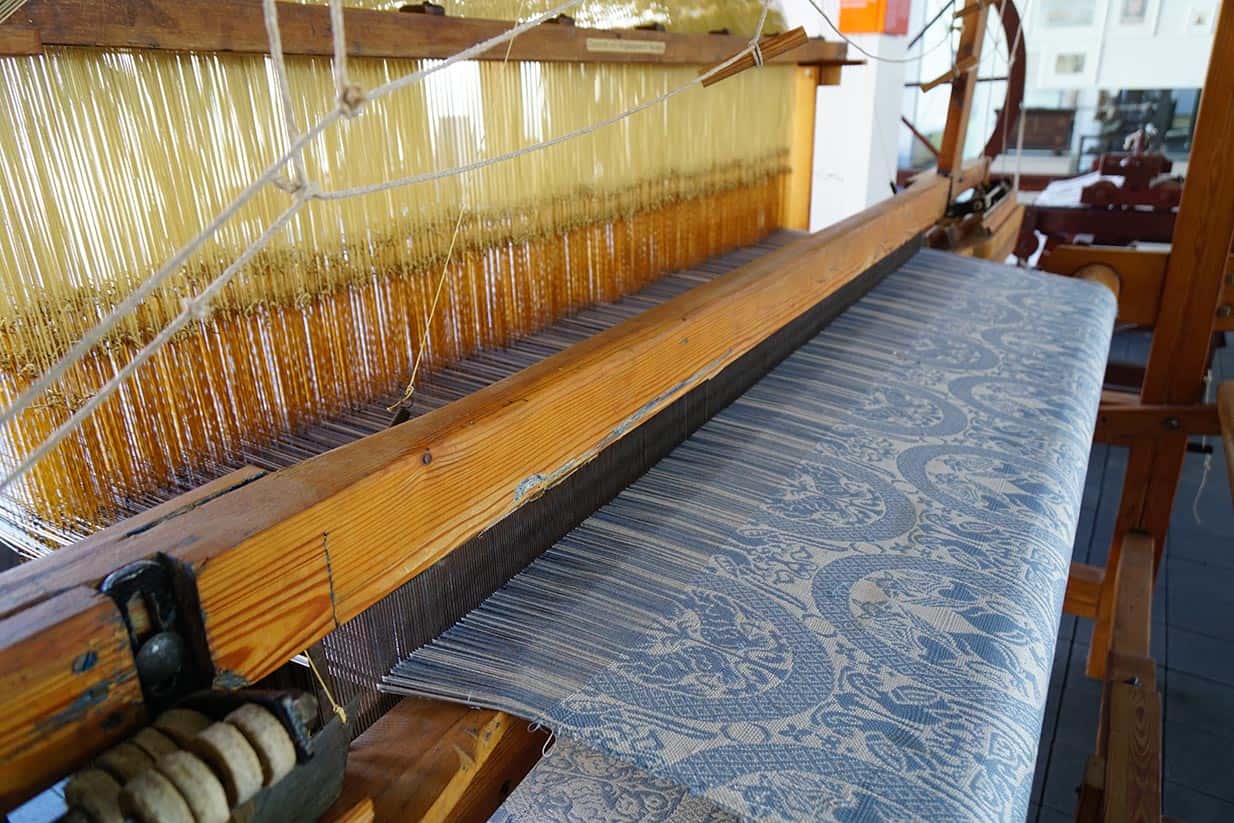
Jacquard fabric, named after its inventor Joseph Marie Jacquard, is known for its intricate woven patterns. It can be made from various materials including silk, cotton, and synthetic fibers. The complexity of the Jacquard weaving process, which allows for detailed and elaborate designs, contributes to its rarity. The fabric is highly valued in high-end fashion and home décor for its luxurious appearance and durability.
3. Paisley (Persia/India)
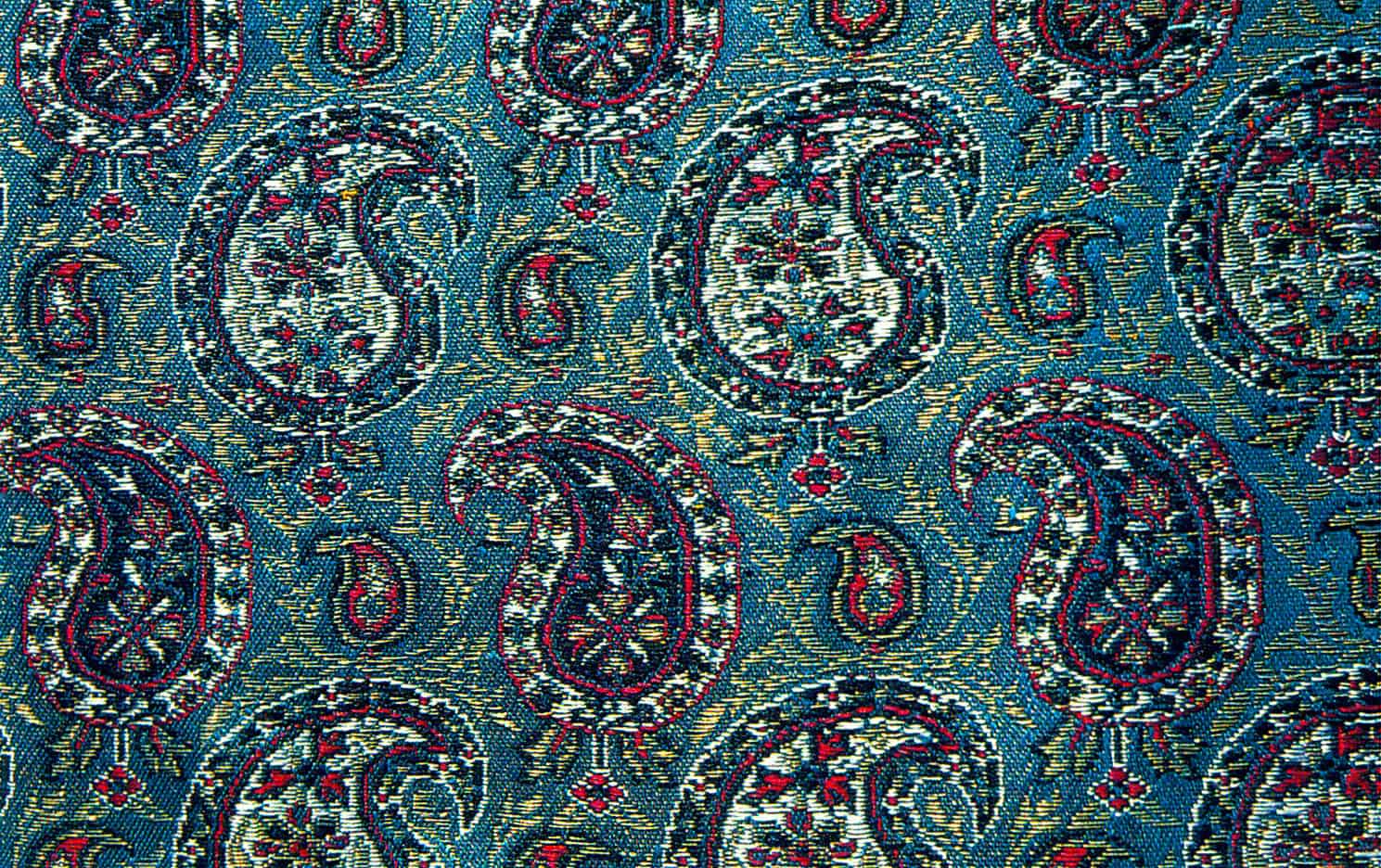
Paisley, originating from Persia and popularized in India, features a distinctive teardrop-shaped motif. It is often used in shawls, scarves, and other textiles. The intricate and symbolic patterns of Paisley, along with the traditional hand-weaving and printing techniques, make it a rare and valuable fabric. Its rich history and cultural significance add to its allure.
2. Tartan (Scotland)
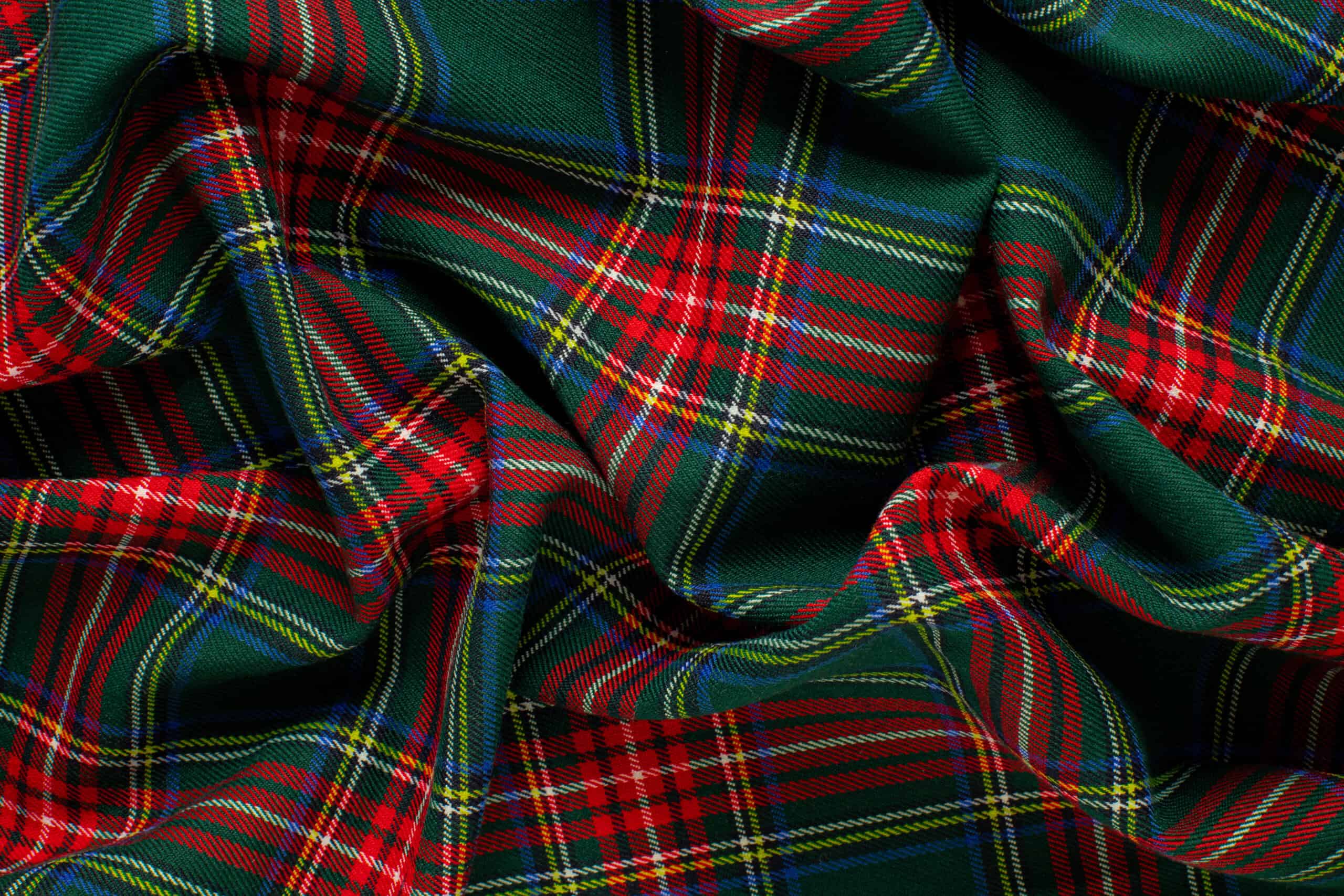
Tartan originates from Scotland and is famous for its crisscrossed horizontal and vertical bands in multiple colors. Traditionally, tartan patterns, also known as “plaids,” are associated with specific Scottish clans. This fabric is made from wool, which is dyed and woven into intricate patterns. The rarity of traditional tartan comes from its historical significance and the association with specific family heritage, making authentic pieces highly valued.
1. Ikat (Indonesia, India, Guatemala)

Ikat is a dyeing technique used to pattern textiles in various countries including Indonesia, India, and Guatemala. The name “Ikat” comes from the Malay-Indonesian word “mengikat,” meaning “to tie.” Ikat is made by dyeing the threads before they are woven into fabric. This labor-intensive process involves precise tying and dyeing to create the intricate patterns. Its rarity lies in the skill and time required to produce the detailed designs, with each piece reflecting the unique traditions of its region.
This article originally appeared on Rarest.org.
More from Rarest.org
1951 Wheat Penny Value Guide

The Lincoln cent, also known as the Lincoln penny, has a face value of $0.01. The U.S. Mint has struck this coin since 1909. Read More.
1946 Roosevelt Dime Value Guide

Did you know that after being in circulation for 29 years, the Mercury Dime (also referred to as the Winged Liberty Head dime) was replaced by the Roosevelt Dime in 1946? Yet, interestingly, the Roosevelt dime is still being struck and released for circulation. Read More.
1951 Washington Quarter Value Guide

The 1951 quarter, also known as the Washington quarter, was issued by the US Mint starting in 1932. The quarter was made with 90% silver and 10% copper at that time. Read More.
